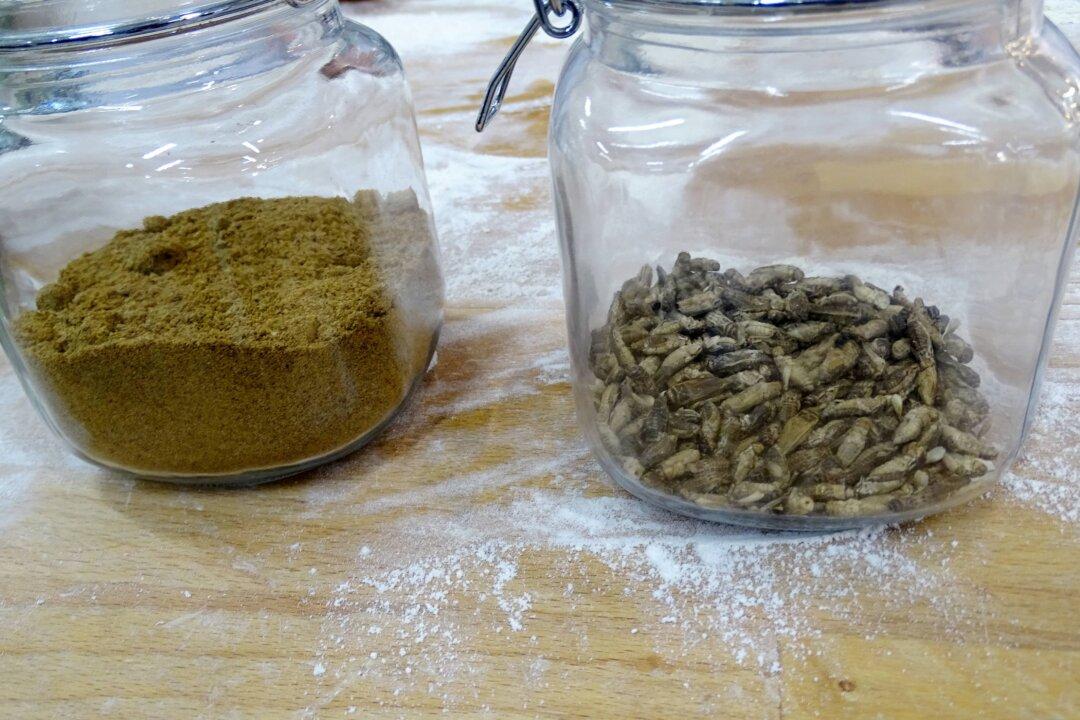The European Commission recently approved two more insect species for human consumption in the region, even after acknowledging concerns about the bugs triggering allergies, as the World Economic Forum (WEF) is extensively promoting insects as a source of protein for people.
“The Commission has authorized the placing on the market of a fourth insect, Alphitobius diaperionus (lesser mealworm), as a food. The term ‘lesser mealworm’ refers to the larval form of Alphitobius diaperinus, an insect species that belongs to the family of Tenebrionidae (darkling beetles),” the EC’s authorization web page reads.





